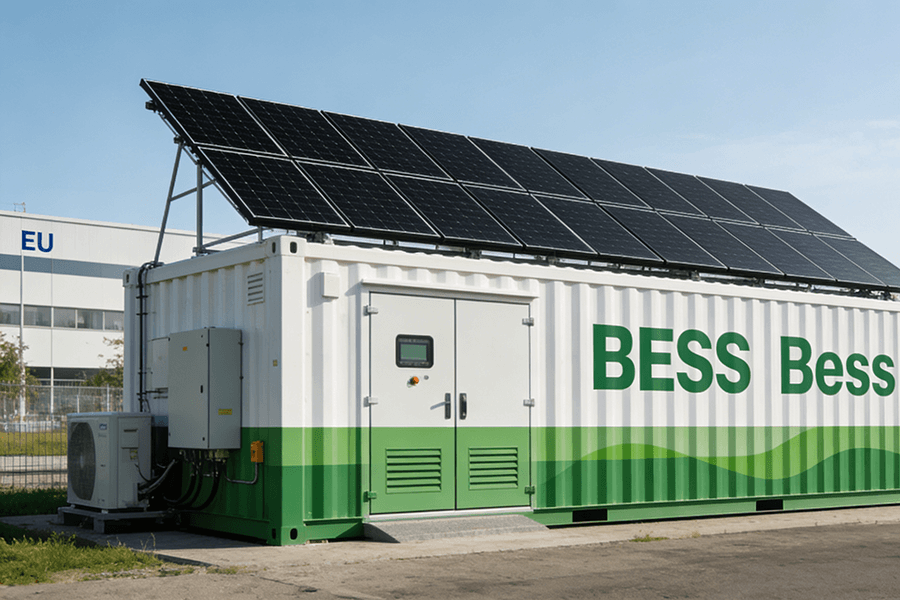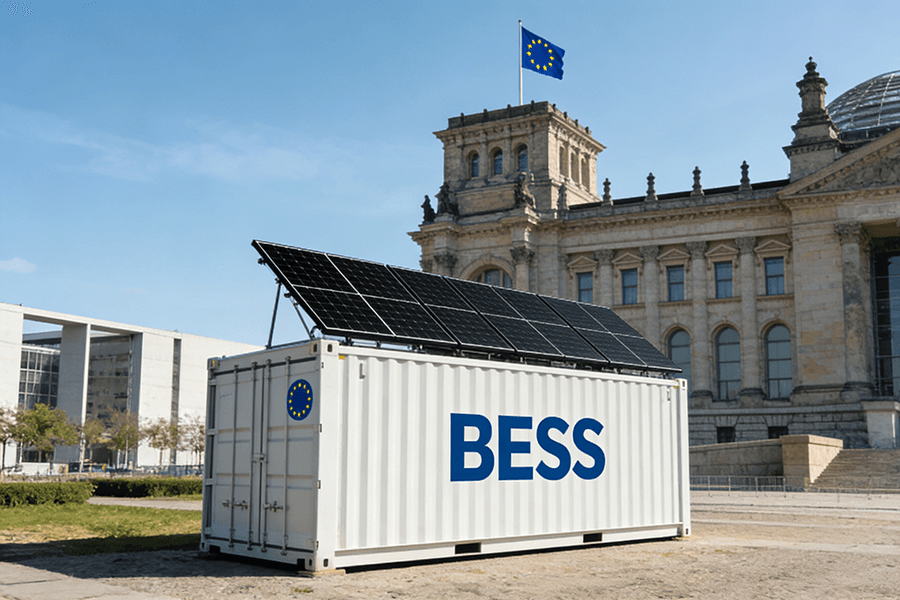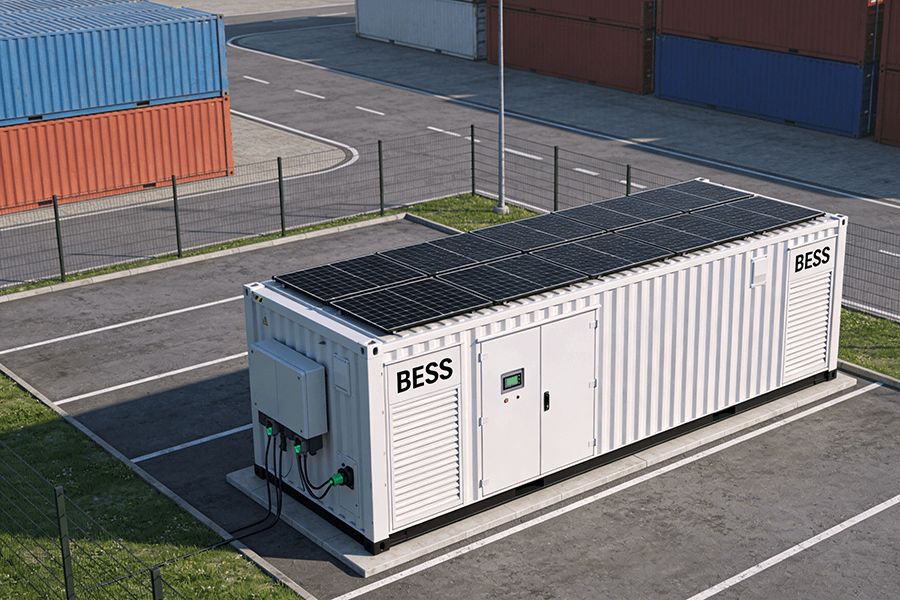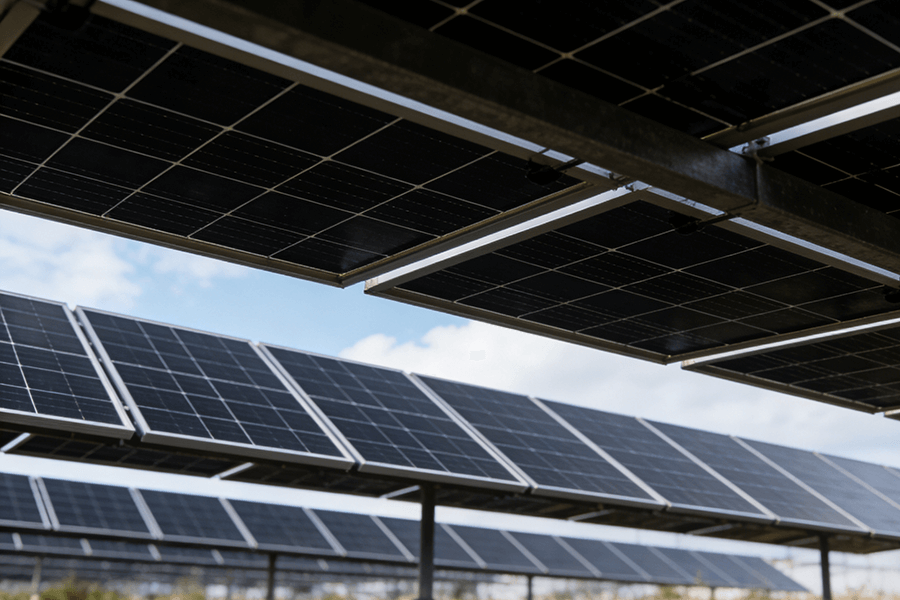Introduction
The increasing adoption of large-scale solar projects worldwide represents a significant step towards a sustainable, low-carbon energy future. These projects harness the power of the sun to generate electricity, reducing greenhouse gas emissions and dependence on fossil fuels. However, it is essential to understand and mitigate the potential environmental impacts that these large solar systems can have on local ecosystems and communities. This article explores the environmental consequences of large-scale solar projects and the importance of implementing sustainable practices.
Impacts on Local Ecosystems
Land Use and Habitat Disruption: The installation of large solar farms often requires significant land use, which can disrupt natural habitats. This land conversion can displace local flora and fauna, affecting biodiversity and wildlife migration patterns.
Water Usage: Some solar technologies, like concentrated solar power (CSP) systems, require substantial water for cooling purposes. In water-scarce regions, this can strain local water resources and harm aquatic ecosystems.
Soil Disturbance: The construction and maintenance of large solar systems can lead to soil disturbance and erosion, affecting soil quality and potentially leading to sedimentation in nearby water bodies.
Chemical Use: The manufacturing and maintenance of solar panels may involve the use of chemicals and hazardous materials. Improper handling or disposal can have negative impacts on the environment.
Glare and Light Pollution: Large solar arrays can create glare and light pollution, disrupting nocturnal ecosystems and potentially affecting local wildlife behavior.
Importance of Sustainable Practices
Site Selection: Careful site selection is critical to minimize environmental impacts. Choosing locations with minimal ecological value and avoiding sensitive areas can help preserve local ecosystems.
Ecosystem Restoration: Where land is converted for solar projects, ecosystem restoration efforts can help offset the environmental impact by reestablishing native vegetation and habitats.
Low-Impact Construction: Employing construction practices that minimize soil disturbance, such as elevated mounting structures, can mitigate the impact on local ecosystems.
Water-Efficient Technologies: Utilizing water-efficient cooling technologies and implementing responsible water management practices can reduce water usage and environmental stress.
Recycling and Hazardous Material Management: Proper recycling and management of hazardous materials used in solar systems can prevent pollution and contamination.
Light Mitigation: Using anti-reflective coatings on solar panels and shielding lights to minimize glare and light pollution is essential to protect local wildlife and ecosystems.
Community Engagement
Large-scale solar projects can have a significant impact on local communities, both positive and negative:
Job Creation: Solar projects can provide local employment opportunities during construction and operation, stimulating economic growth.
Economic Benefits: Local communities can benefit from lease payments, property tax revenue, and other financial incentives provided by solar project developers.
Community Concerns: Engaging with local communities is essential to address concerns and ensure that solar projects are developed with consideration for community well-being.
Education and Outreach: Providing information and education about the environmental and economic benefits of solar projects can foster support and collaboration within the community.
Shared Ownership: Community ownership or benefit-sharing models can enhance community involvement and provide direct financial benefits to local residents.
Conclusion
The environmental impact of large solar systems is a crucial aspect of their development and operation. While these systems offer the potential for clean and renewable energy generation, they can also have unintended consequences on local ecosystems and communities. Implementing sustainable practices, such as responsible site selection, ecosystem restoration, and community engagement, is paramount to minimize negative impacts and maximize the benefits of large-scale solar projects.
As the world strives to transition to a more sustainable energy future, it is imperative that solar projects align with the principles of environmental stewardship and community well-being. By taking a holistic and responsible approach to the development of large solar systems, we can ensure that these projects not only contribute to cleaner energy generation but also uphold the values of sustainability and respect for the natural world. Large solar systems, when developed in harmony with their surroundings, can be a shining example of how humanity can coexist with the environment while meeting its energy needs.
If you want to customize your own photovoltaic solution today, please contact us.




